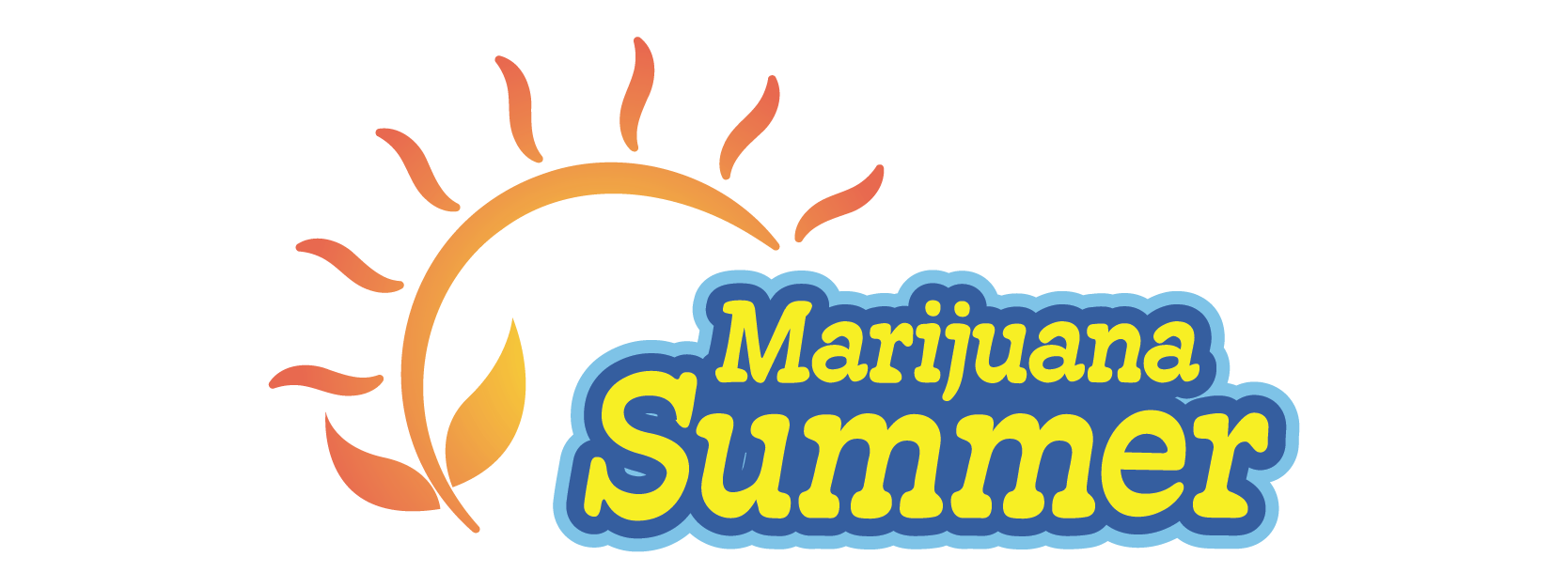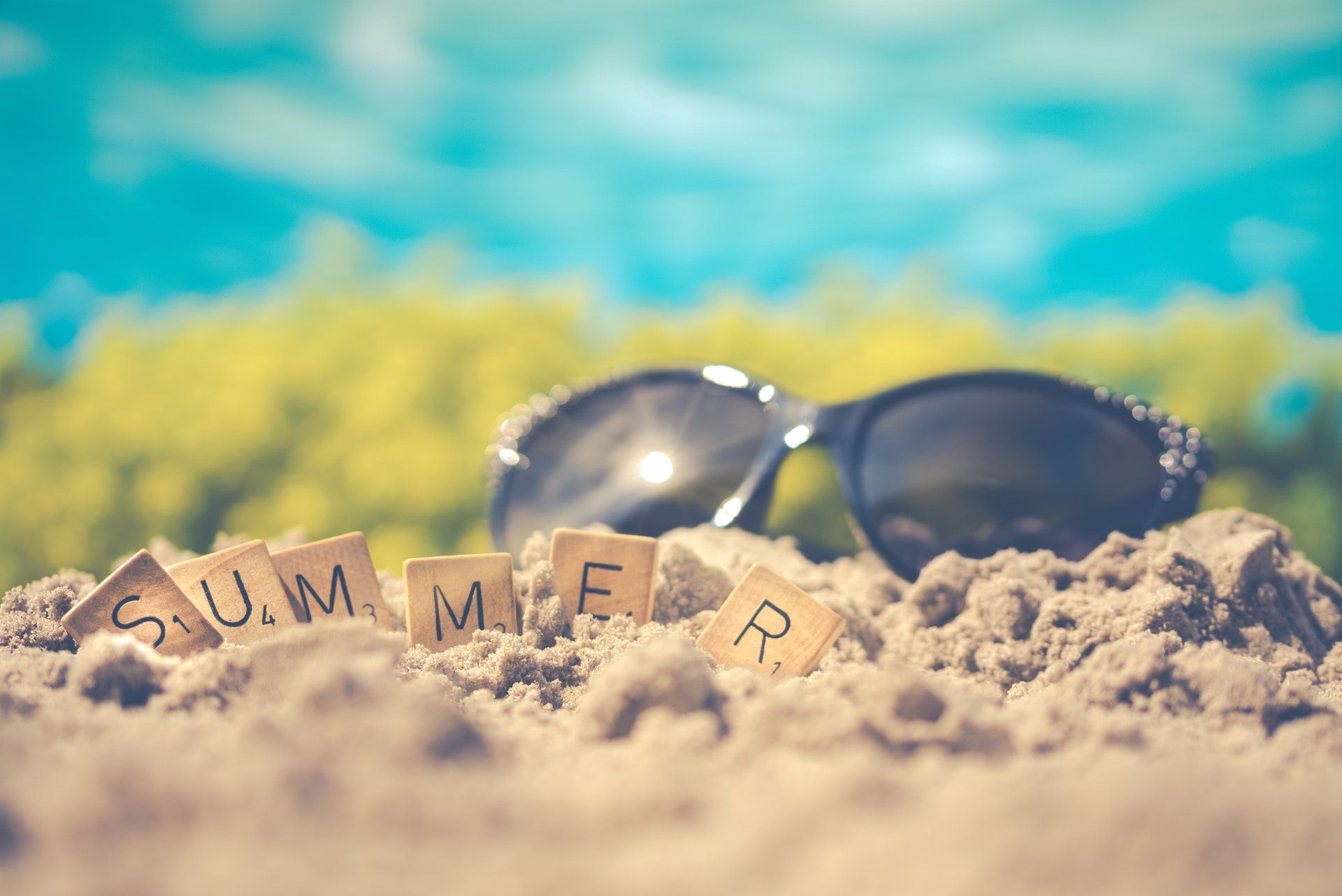Warmer weather, longer days, and school breaks have always lifted U.S. leisure travel. As more states open adult-use markets and add “cannabis-friendly” offerings, summer becomes the prime season for visitors who want to pair hiking, music festivals, beach trips, or foodie weekends with compliant, destination-specific cannabis experiences. Analysts now consider cannabis travel a recognizable niche: one recent market report estimates the global cannabis tourism segment at about $10.2 billion in 2023, projecting it to more than double by 2030 on a double-digit CAGR, a trajectory that dovetails with peak seasonal travel windows.
A growing body of hospitality research explains part of the summer pop. When states legalize and retail storefronts open, nearby hotels often see measurable bumps in demand and pricing power—effects that naturally amplify when leisure travel is already elevated in June through August. A 2025 peer-reviewed study focusing on Colorado found average monthly hotel revenue increased by roughly 25%—about $63,700 per property—after dispensary legalization, with gains persisting for years. Earlier work on Denver showed a significant, if shorter-lived, post-legalization revenue lift. Together these data points support the idea that cannabis access can act as a destination amenity, nudging trip choices and spend during busy seasons.
Policy design also shapes where summer demand goes. Travelers need legal places to buy—and to consume. That is why on-site consumption laws and lounges matter. Nevada moved ahead with a licensing framework for consumption lounges and has begun approving venues, aiming to channel tourist demand into regulated settings that complement the state’s broader entertainment economy. Results are still mixed: Las Vegas’s first state-licensed lounge opened—and then closed after a year—underscoring how rules around alcohol, food service, and events can make or break cannabis hospitality concepts. Even with growing pains, the state continues to view lounges and tourism zones as part of its long-term strategy for visitor experiences.
By contrast, destinations that legalize possession and sales but delay hospitality rules may lose summer traffic to competitors. New York’s statute contemplates on-site consumption, yet city lounges remained unlicensed through early 2025, creating a gap between traveler interest and regulated places to gather—precisely the kind of friction that sends summer visitors elsewhere.
Summer’s event calendar does the rest. Music festivals, culinary weeks, lake and mountain getaways, and road-trip culture all peak mid-year. Where cannabis is legal and integrated, visitors can book dispensary tours, cultivation visits, cooking classes, or wellness-forward sessions alongside mainstream attractions—without making cannabis the whole point of the trip. In fact, hospitality strategists increasingly see cannabis as an add-on amenity (like craft beer or spa treatments) rather than the sole motivator, which aligns with how many travelers plan multi-interest summer itineraries.
Economic context reinforces the seasonal story. States collectively have generated tens of billions in cannabis tax revenue since 2014, supporting public programs from education to treatment services. While those dollars are collected year-round, summer visitation can intensify retail foot traffic and related local spend on dining, transportation, and entertainment—effects observed in legal states that saw higher hotel occupancy and rate growth after legalization.
Finally, expectations are shaped by evolving consumer research. Surveys and health data show overall adult use patterns are stable or rising modestly post-legalization, without the dramatic spikes some anticipated—suggesting that cannabis is settling into the same leisure-time mix that already drives summer travel: friends, food, music, and the outdoors. As policy matures, destinations that (1) clearly communicate rules, (2) provide legal spaces to consume, and (3) curate quality experiences will capture the seasonal surge more reliably than those relying on legalization alone.
What this means for travelers and cities: For visitors, summer is an ideal window to sample compliant experiences—book early, confirm local consumption rules (hotel, rental, and lounge policies vary), and prioritize licensed venues. For destination marketers and operators, the playbook is to integrate cannabis with broader summer draws, not isolate it; to align lounge and event rules with visitor behavior; and to measure what works, using hospitality KPIs already familiar to tourism boards.

